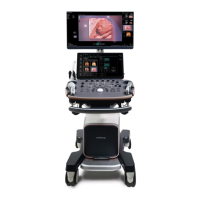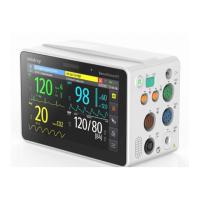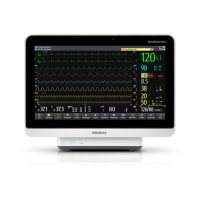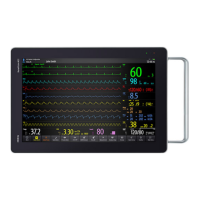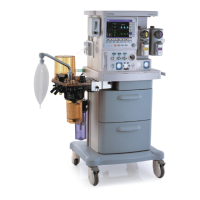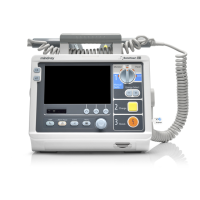EMC Guidance and Manufacturer’s Declaration 16-5
TABLE 4
RECOMMENDED SEPARATION DISTANCES BETWEEN PORTABLE AND MOBILE
RF COMMUNICATION DEVICE AND THE SYSTEM
The system is intended for use in an electromagnetic environment in which radiated RF
disturbance are controlled. The customer or the user of system can help prevent
electromagnetic interference by maintaining a minimum distance between portable and
mobile RF communication equipment (transmitters) and system as recommended below,
according to the maximum output power of the communication equipment.
Rated Maximum
Output power of
Transmitter
(W)
Separation Distance According to Frequency of Transmitter
(m)
150kHz -80MHz
d=1.2√P
80MHz-800MHz
d=1.2√P
800MHz-2.7GHz
d=2.3√P
0.01
0.12 0.12 0.23
0.1
0.38 0.38 0.73
1
10
3.8 3.8 7.3
100
12 12 23
For transmitters at a maximum output power not listed above, the recommended
separation distanced in meters (m) can be determined using the equation applicable to
the frequency of the transmitter, where P is the maximum output power rating of the
transmitter in watts (W) according to the transmitter manufacturer.
If system image distortion occurs, it may be necessary to position system further from
sources of conducted RF noise or to install external power source filter to minimize RF
noise to an acceptable level.
Note 1 At 80 MHz and 800 MHz, the separation distance for the higher frequency range
applies.
Note 2 These guidelines may not apply in all situations. Electromagnetic propagation is
affected by absorption and reflection from structures, objects and people.
Cable sample
1
Power input <4m Not shielded
/
2
SIP/SOP
<3.0m
Shielding
/
3
ECG cable 4.0m Shielding
/
4
Probe Cable
<3.0m
Shielding
/
5
Footswitch Cable 2.9m Shielding
/
Federal Communications Commission (FCC) Statement
This equipment has been tested and found to comply with the limits for a Class B digital device,
pursuant to part 15 of the FCC Rules. These limits are designed to provide reasonable protection
against harmful interference in a residential installation. This equipment generates, uses and can
radiate radio frequency energy and, if not installed and used in accordance with the instructions, may
cause harmful interference to radio communications. However, there is no guarantee that interference
will not occur in a particular installation. If this equipment does cause harmful interference to radio or

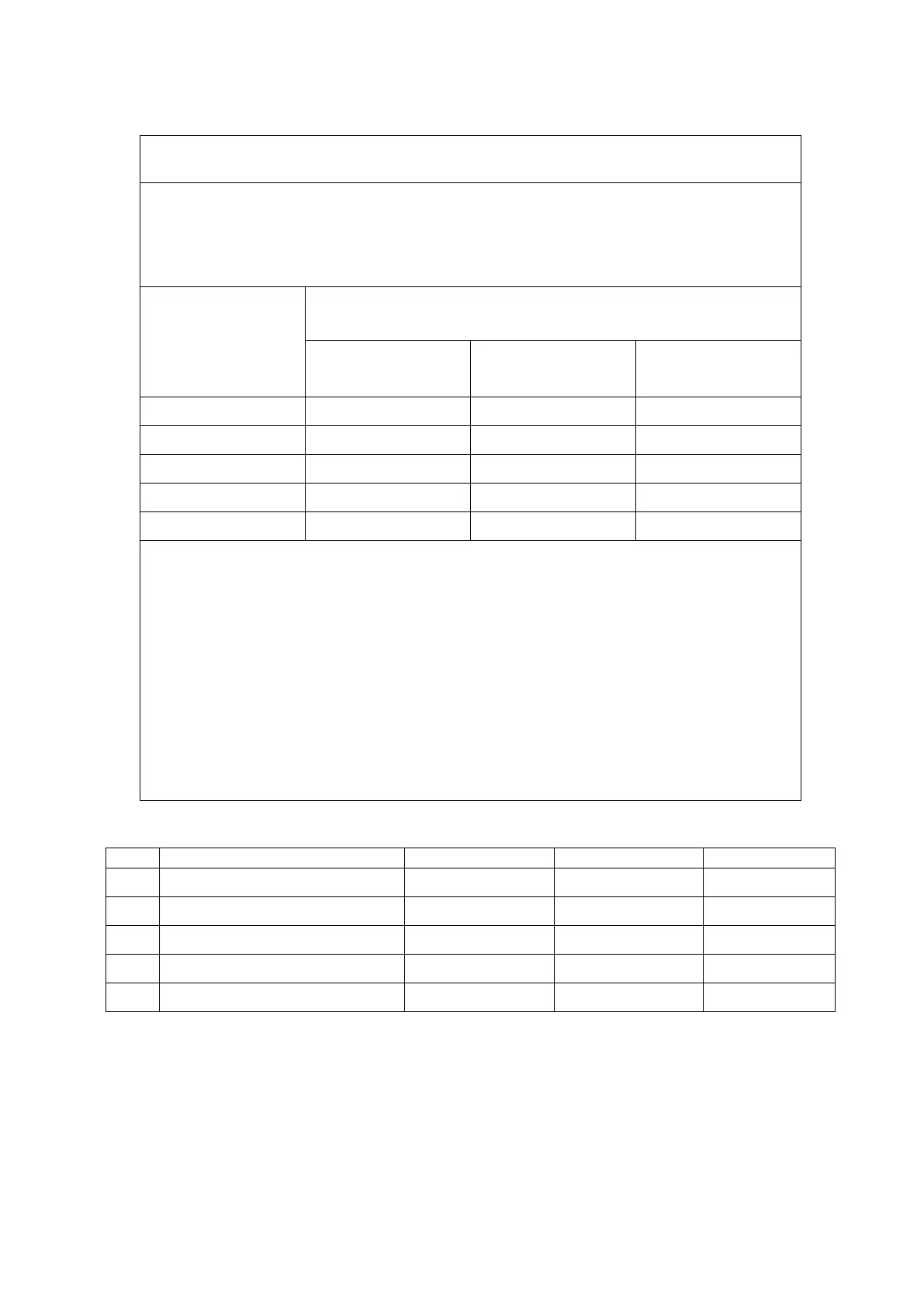